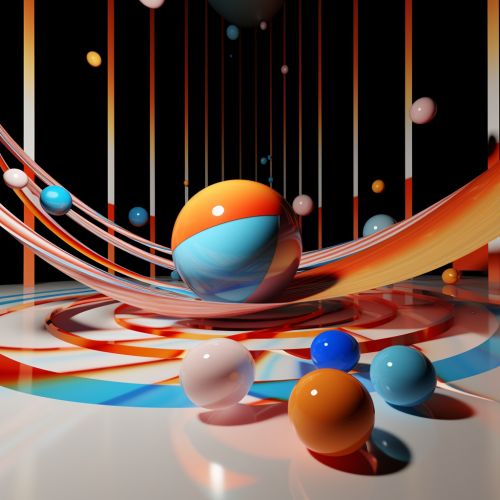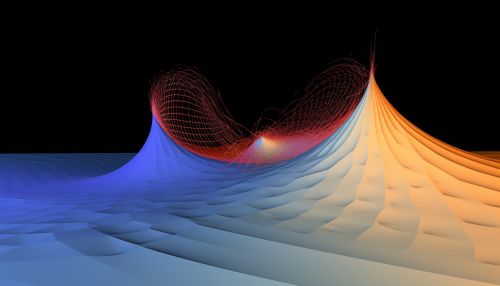Situation Calculus
Introduction
Situation calculus is a mathematical language used primarily in artificial intelligence and computer science to represent and reason about dynamical systems. It is a form of predicate calculus that incorporates the notion of time and change in a logical framework. The fundamental concept in situation calculus is a situation, which is a snapshot of the world at a particular instant in time.


Overview
Situation calculus was first introduced by John McCarthy and Patrick Hayes in the late 1960s as a way to represent and reason about the effects of actions in a logical framework. It has since been widely used in the field of artificial intelligence, particularly in the areas of automated reasoning, planning, and robotics.
Basic Concepts
The basic concepts in situation calculus include:
- Situations: These are the basic entities of situation calculus. A situation is a snapshot of the world at a particular instant in time.
- Actions: These are events that can change the state of the world. Actions are represented as functions that take a situation as input and produce a new situation as output.
- Fluents: These are properties or conditions that can change over time. Fluents are represented as functions that take a situation as input and produce a value (usually a truth value) as output.
- Result Function: This is a function that takes an action and a situation as input and produces the situation that results from performing the action in the situation.
- Possibility Function: This is a function that takes an action and a situation as input and produces a truth value indicating whether the action is possible in the situation.
Syntax and Semantics
The syntax of situation calculus is based on first-order predicate calculus, with additional constructs for representing actions, situations, and fluents. The semantics of situation calculus is based on the standard semantics of predicate calculus, with additional rules for the interpretation of the new constructs.
The basic syntax of situation calculus includes the following elements:
- Terms: These are the basic building blocks of expressions in situation calculus. Terms can be constants, variables, or function applications.
- Predicates: These are relations that can hold between terms. Predicates are represented as functions that take terms as input and produce a truth value as output.
- Formulas: These are expressions that can be either true or false. Formulas are built from terms and predicates using the logical connectives and quantifiers of predicate calculus.
The semantics of situation calculus is based on the standard semantics of predicate calculus, with the following additional rules:
- The result function is interpreted as a function from actions and situations to situations.
- The possibility function is interpreted as a function from actions and situations to truth values.
- Fluents are interpreted as functions from situations to values.
Reasoning in Situation Calculus
Reasoning in situation calculus involves the use of logical inference rules to derive new facts from given facts. The basic inference rules of predicate calculus (such as modus ponens and universal instantiation) are used, along with additional rules for reasoning about actions, situations, and fluents.
One of the main challenges in reasoning in situation calculus is the frame problem, which is the problem of specifying what does not change as a result of an action. Various solutions to the frame problem have been proposed, including the use of frame axioms, the successor state axioms, and the use of nonmonotonic reasoning.
Applications
Situation calculus has been used in a wide range of applications in artificial intelligence and computer science, including:
- Automated reasoning: Situation calculus provides a formal framework for reasoning about the effects of actions, which is a key task in many areas of artificial intelligence.
- Planning: Situation calculus can be used to represent and solve planning problems, where the goal is to find a sequence of actions that achieves a desired goal.
- Robotics: Situation calculus can be used to represent and reason about the state of a robotic system and the effects of its actions.
- Knowledge representation: Situation calculus provides a formal language for representing knowledge about dynamical systems, which can be used in a wide range of applications.
Future Directions
Research in situation calculus is ongoing, with many open problems and potential future directions. These include the development of more efficient reasoning algorithms, the extension of situation calculus to more complex types of actions and situations, and the integration of situation calculus with other formalisms for knowledge representation and reasoning.
See Also
- Predicate calculus
- Automated reasoning
- Planning (artificial intelligence)
- Robotics
- Knowledge representation
